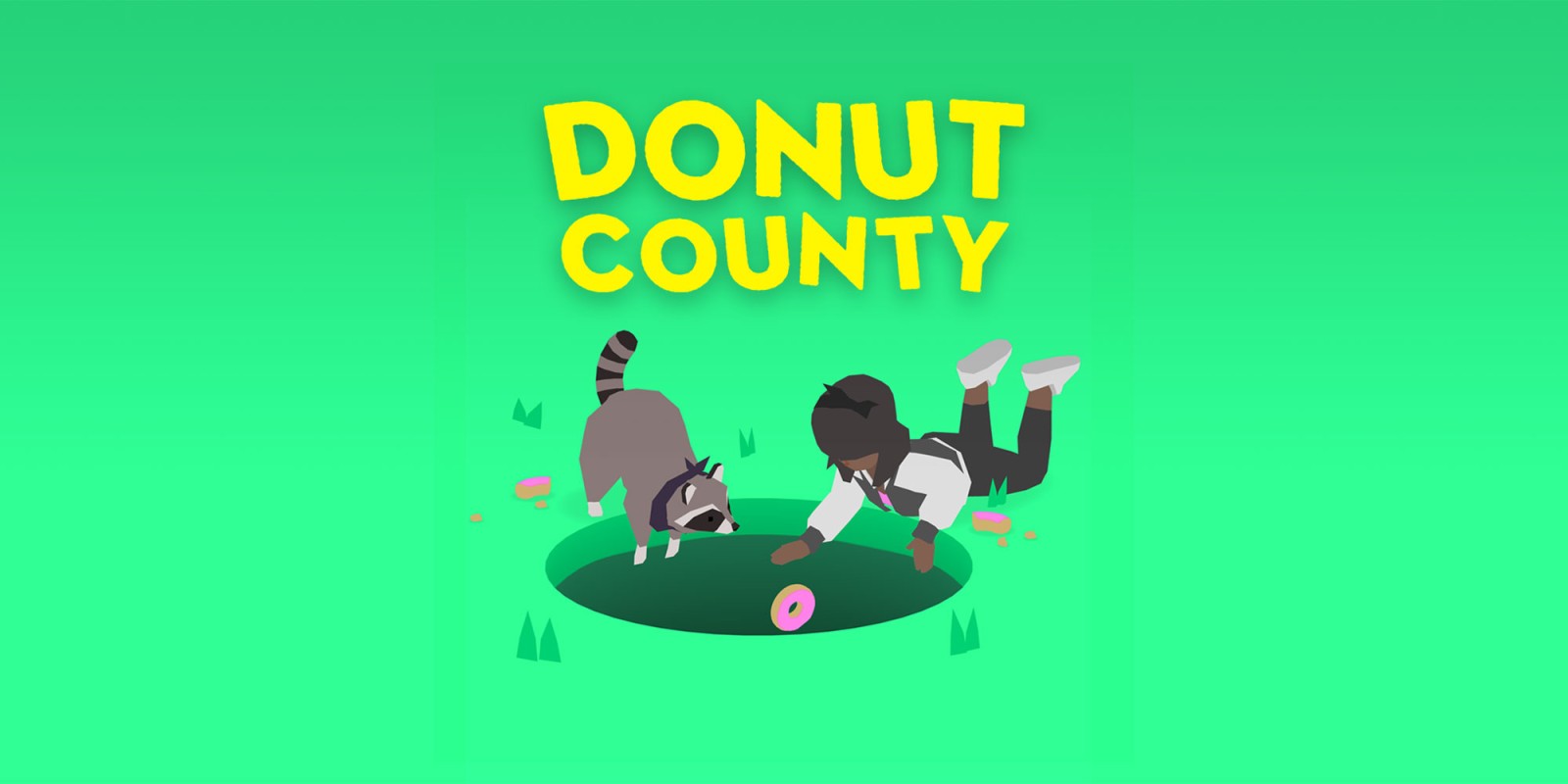Introduction Battle Chef Brigade Deluxe is a highly unique cooking game. It was originally released for Nintendo Switch and PC in 2017 as just Battle…
Author: Greyson Ditzler
Moonsprout Games’ turn-based RPG Bug Fables: The Everlasting Sapling is a love letter to the first two games in the Paper Mario series. Those first two entries in the…
As a small-time writer in the gaming journalism circle. I don’t have a tremendous amount of power. I have some power, granted to me mostly…
What the Golf? is a recently released comedy golf game that was developed by Danish team Triband, crowdfunded though Fig, and released for PC on…
Donut County is a game that seems very simple on the surface and is basically just as simple underneath the surface. But anything and everything…





